Description
Crosslinking Agents: Weaving Strength and Stability into Materials
Crosslinking agents are the unsung heroes behind the durability and resilience of countless materials we encounter daily. From the tires on our cars to the coatings protecting our furniture, these compounds act as microscopic bridges, connecting polymer chains and transforming flimsy substances into robust, functional materials. Understanding what crosslinking agents are and how they work is crucial for appreciating the properties of many modern products.
What are Crosslinking Agents?
At their core, crosslinking agents are chemical compounds that facilitate the formation of covalent or ionic bonds between polymer chains. Imagine a bowl of cooked spaghetti: easy to pull apart and lacking structural integrity. Now imagine adding tiny clamps that bind strands together at various points. These “clamps” represent crosslinking agents.
Polymers, the building blocks of many materials, often consist of long, flexible chains. Without crosslinking, these chains can slide past each other, resulting in weakness and deformation under stress. Crosslinking introduces permanent linkages, restricting chain movement and significantly improving mechanical properties.
How Crosslinking Works:
The mechanism of crosslinking varies depending on the specific agent and polymer involved. Generally, it involves the following steps:
- Activation: The crosslinking agent may need to be activated by heat, light (UV radiation), or the addition of a catalyst.
- Reaction: The activated crosslinking agent reacts with reactive groups on the polymer chains. These reactive groups can include hydroxyl (-OH), amine (-NH2), or carboxyl (-COOH) groups.
- Bond Formation: The reaction results in the formation of a chemical bond between the polymer chains, creating a crosslink.
The Benefits of Crosslinking:
Crosslinking imparts a range of desirable properties to materials, including:
- Increased Strength and Hardness: By limiting chain movement, crosslinking significantly enhances the material’s ability to withstand stress and deformation.
- Improved Elasticity and Resilience: Crosslinked polymers can deform under stress and return to their original shape, providing excellent elasticity and resilience.
- Enhanced Chemical Resistance: The crosslinked network makes the material less susceptible to degradation by solvents, acids, and other chemicals.
- Higher Thermal Stability: Crosslinking increases the temperature required to break down the material, improving its performance at elevated temperatures.
- Reduced Swelling and Solubility: Crosslinked polymers are less prone to swelling in solvents or dissolving altogether.
- Improved Adhesion: Crosslinking can improve the adhesion of coatings and adhesives to various substrates.
Applications of Crosslinking Agents:
The versatility of crosslinking agents makes them essential in a wide variety of industries and applications:
- Rubber Industry: Sulfur is a classic crosslinking agent used to vulcanize rubber, giving tires their strength and durability.
- Coatings and Adhesives: Crosslinking agents are used in paints, varnishes, and adhesives to improve their resistance to scratching, chemicals, and wear. Examples include epoxies, isocyanates, and melamine-formaldehyde resins.
- Plastics Industry: Crosslinking is used to modify the properties of plastics, making them stronger, more heat-resistant, and more durable.
- Medical Applications: Hydrogels, used in wound dressings and drug delivery systems, are often crosslinked to control their swelling and degradation properties.
- Textile Industry: Crosslinking agents are used to improve the wrinkle resistance and dimensional stability of fabrics.
- Electronics: Crosslinking is used in insulating materials and encapsulants to protect electronic components from environmental factors.
Types of Crosslinking Agents:
The choice of crosslinking agent depends on the specific polymer and desired properties. Some common types include:
- Sulfur: Widely used in vulcanizing rubber.
- Peroxides: Used to crosslink polyethylene and other polymers.
- Isocyanates: Used in polyurethane coatings, adhesives, and foams.
- Epoxies: Used in coatings, adhesives, and composites for their high strength and chemical resistance.
- Melamine-Formaldehyde Resins: Used in coatings and adhesives for their hardness and durability.
- Aziridines: Used in water-based coatings and adhesives.
Conclusion:
Crosslinking agents play a vital role in shaping the properties of a vast array of materials. By forming microscopic bridges between polymer chains, they enhance strength, resilience, and stability, making them essential components in industries ranging from automotive and construction to healthcare and electronics. As material science continues to advance, the development of new and improved crosslinking agents will undoubtedly lead to even more innovative and high-performance products in the future. Understanding the fundamentals of crosslinking is key to appreciating the science behind the materials we rely on every day.

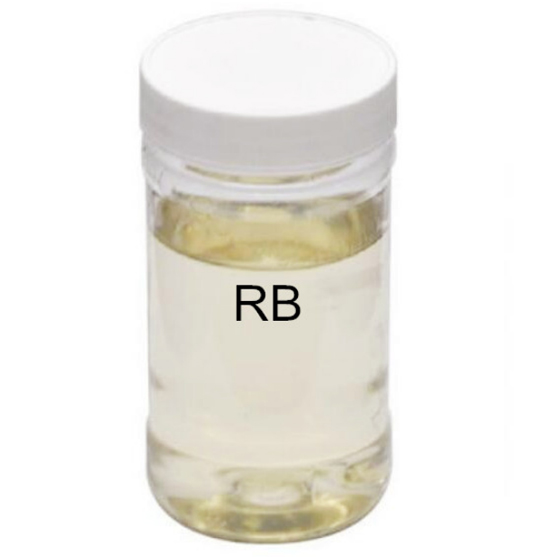
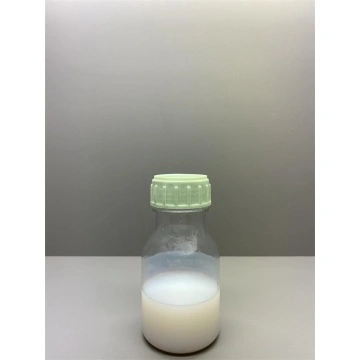
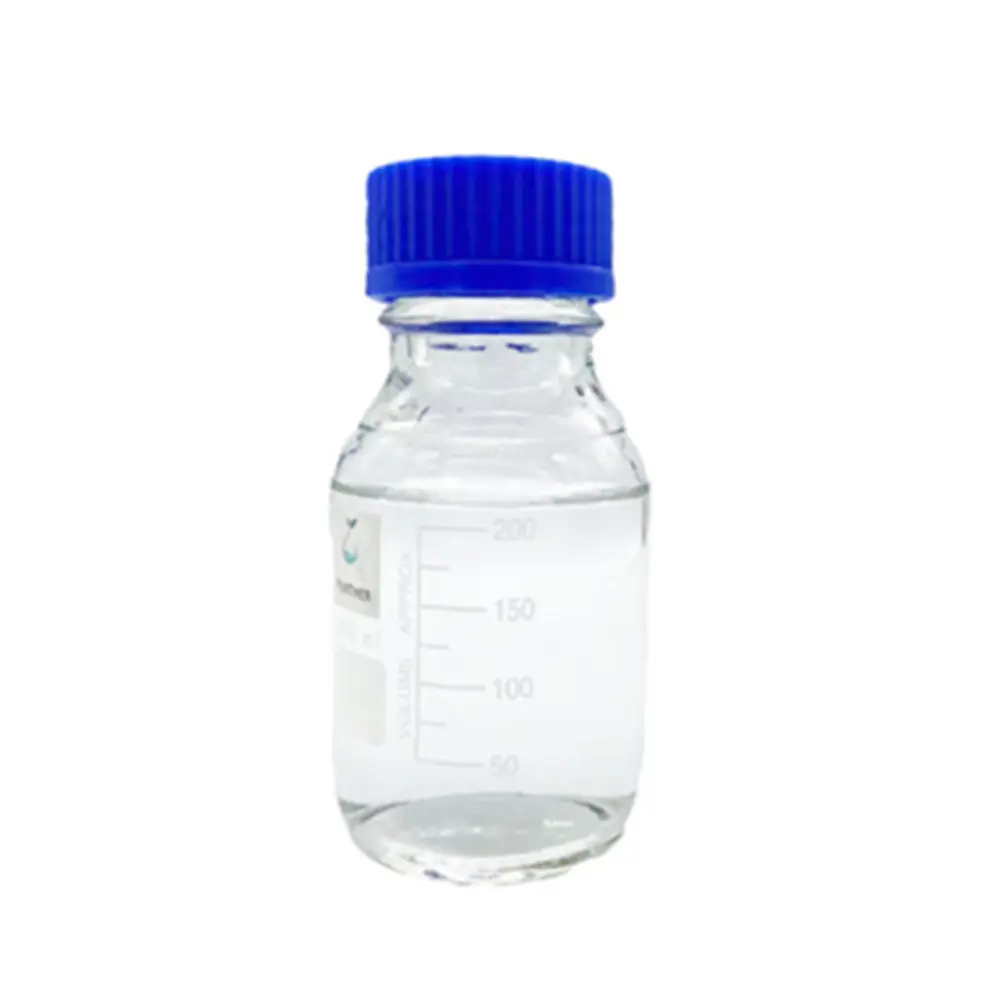
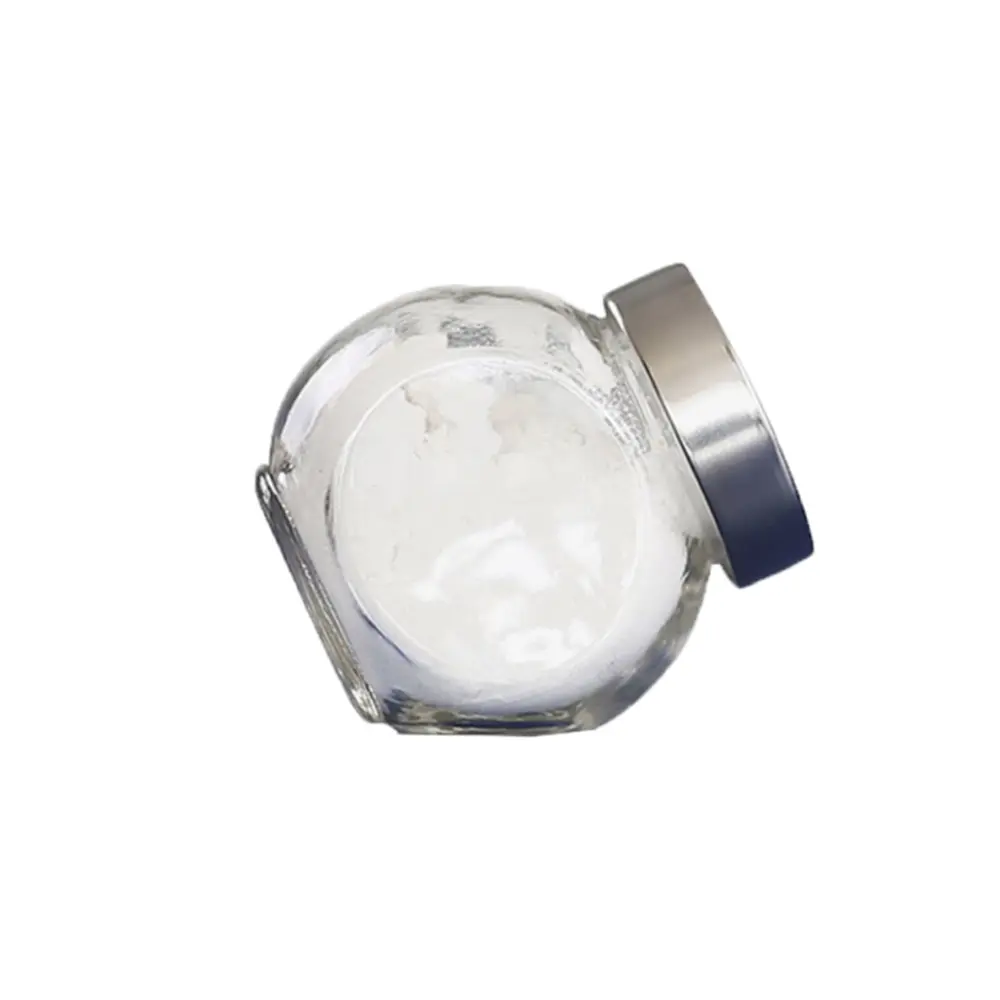
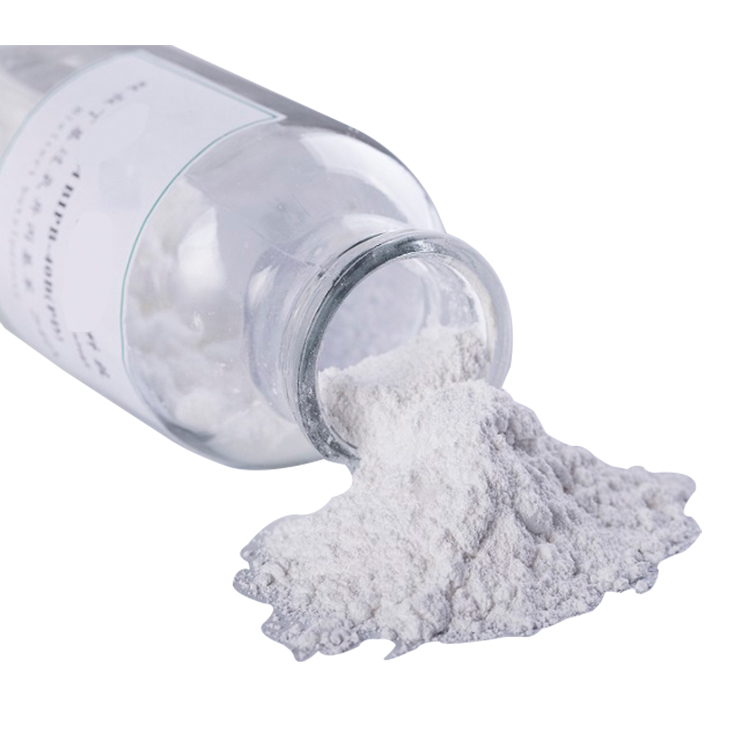
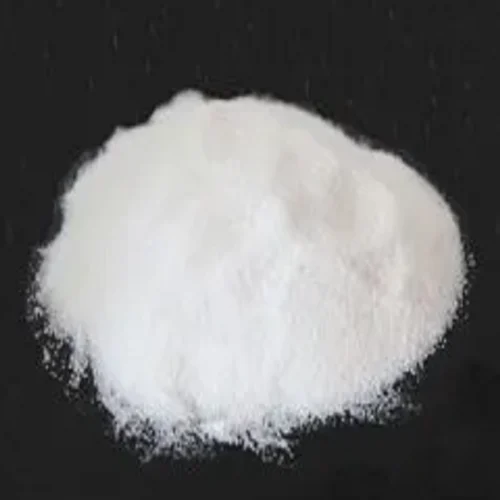
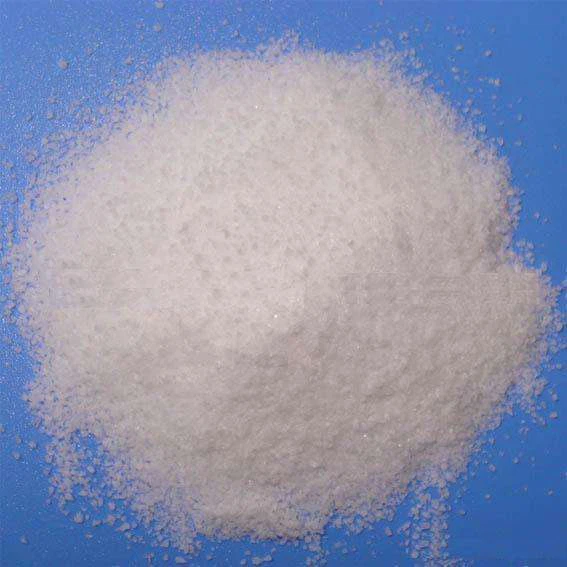
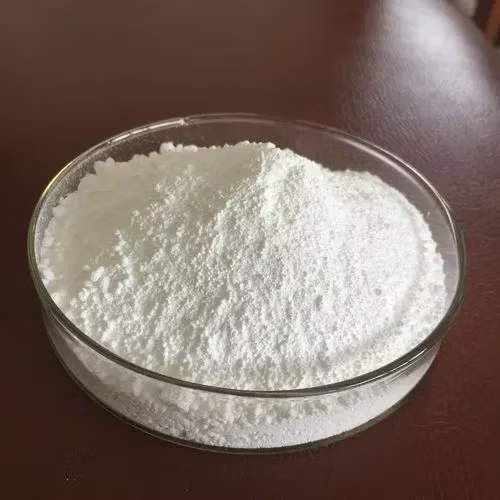
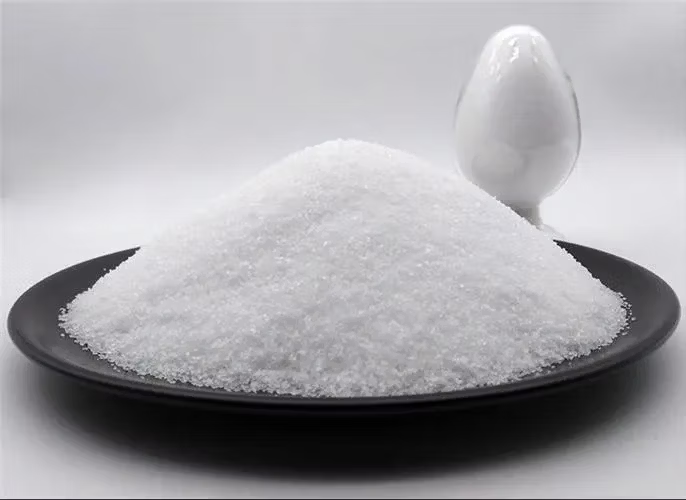
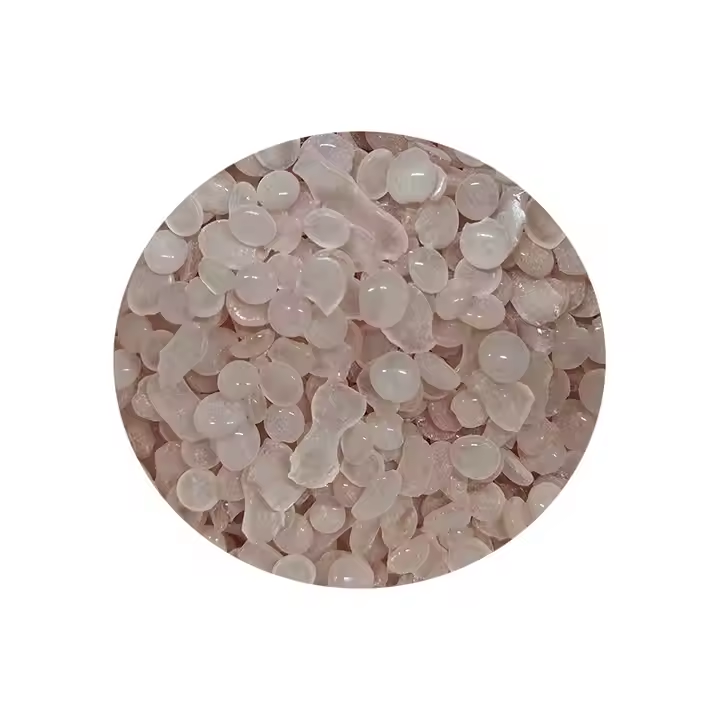
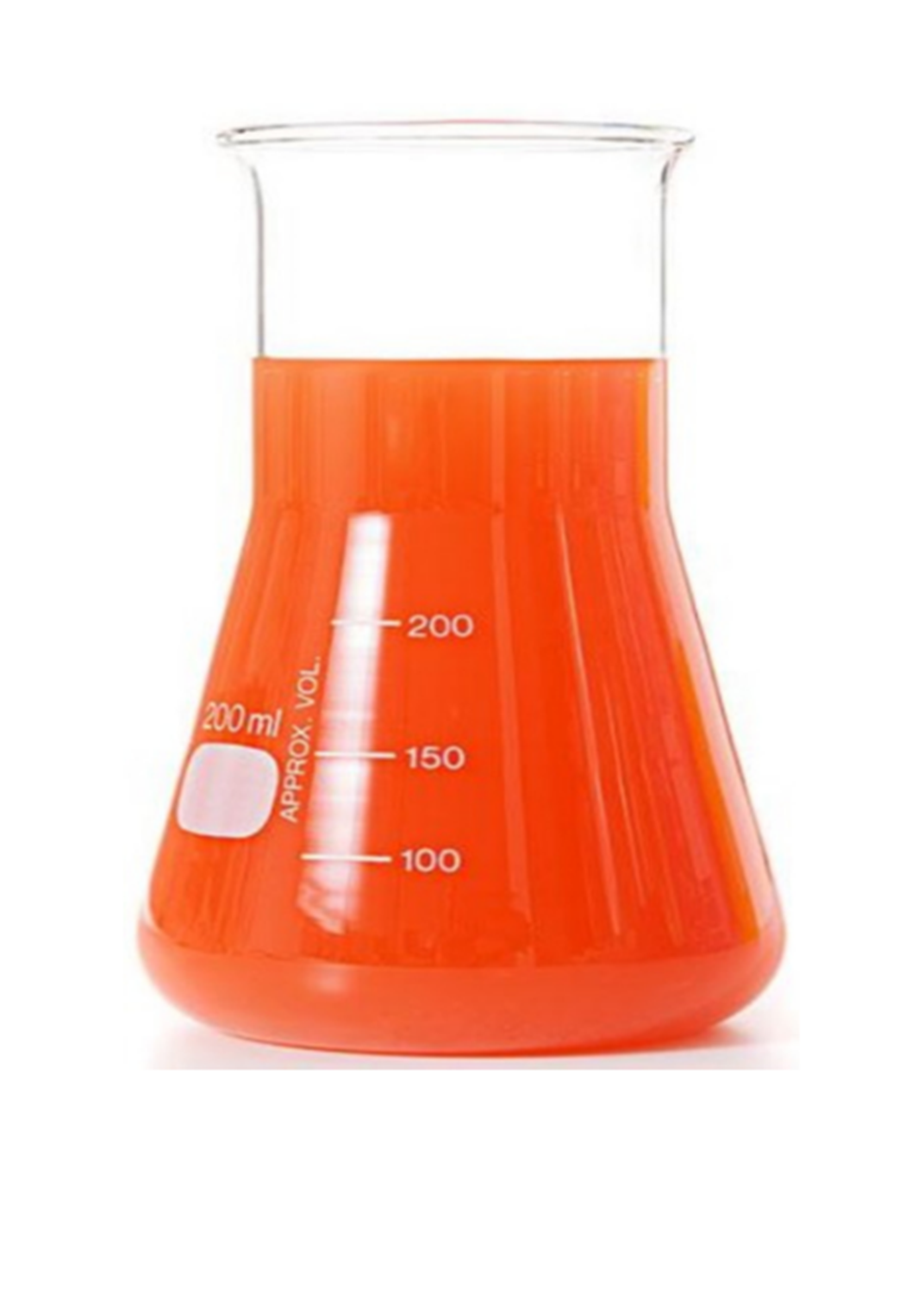





Reviews
There are no reviews yet.